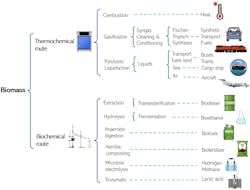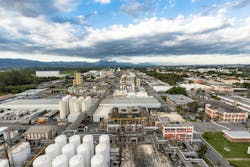Catalyzing the Circular Economy: Challenges and Opportunities
In This Article
This article discusses three areas of catalysis in need of development for a circular economy:
and the systemic approach essential for improving progress on circularity.
Leveraging Biomass
Polymer Posers
Remediation
Key Takeaways
- Catalyst's Role: Catalysts are critical for advancing a circular economy, particularly in biomass utilization, polymer recycling, and pollution remediation, helping reduce fossil fuel reliance and CO2 emissions.
- Challenges in Polymer Recycling: Creating a circular polymer economy faces challenges like needing milder reaction conditions, improved catalyst designs, and standardization of experimental processes.
- Collaboration for Circularity: Partnerships between industries, governments, and research institutions are essential for overcoming hurdles and building a sustainable, circular economy.
Rethinking the Circular Economy
About the Author
Seán Ottewell
Editor-at-Large
Seán Crevan Ottewell is Chemical Processing's Editor-at-Large. Seán earned his bachelor's of science degree in biochemistry at the University of Warwick and his master's in radiation biochemistry at the University of London. He served as Science Officer with the UK Department of Environment’s Chernobyl Monitoring Unit’s Food Science Radiation Unit, London. His editorial background includes assistant editor, news editor and then editor of The Chemical Engineer, the Institution of Chemical Engineers’ twice monthly technical journal. Prior to joining Chemical Processing in 2012 he was editor of European Chemical Engineer, European Process Engineer, International Power Engineer, and European Laboratory Scientist, with Setform Limited, London.
He is based in East Mayo, Republic of Ireland, where he and his wife Suzi (a maths, biology and chemistry teacher) host guests from all over the world at their holiday cottage in East Mayo.



